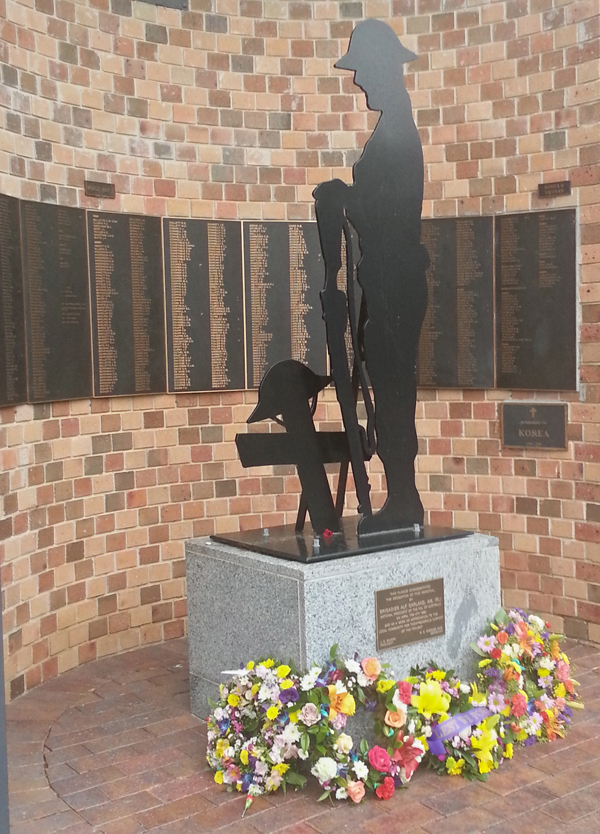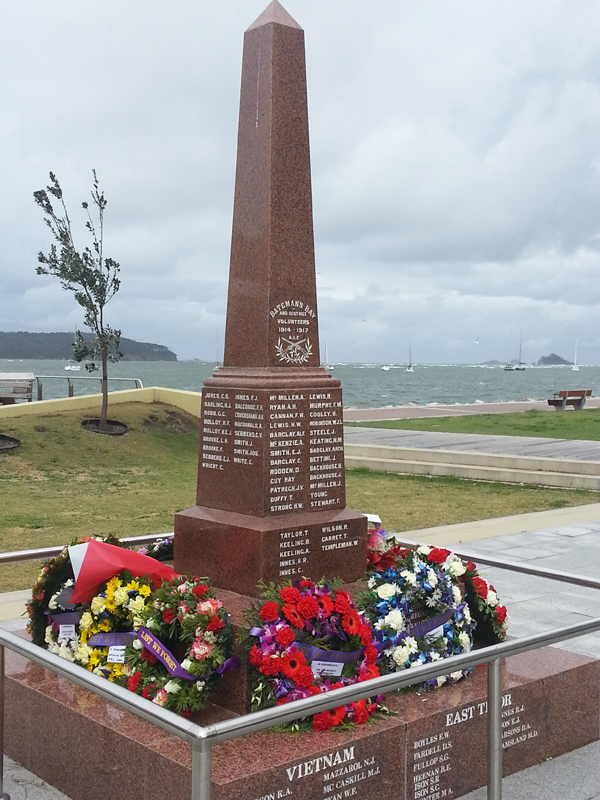As we rapidly approach the centenary of the outbreak of World War 1 in August, 1914, it is timely to reflect on the traditions and ceremonies that resulted from our participation in the Great War – the War to End All Wars. Australia’s participation in the WW1 was our first real test as a nation following Federation in 1901. One of the most powerful traditions that emerged after the end of the war in 1918 was the Dawn Service that takes place in many communities as the first of the ceremonies held on ANZAC Day.

The Dawn Service observed on Anzac Day has its origins in a military routine which is still followed by the Australian Army today. During battle, the half-light of dawn was one of the most favoured times for an attack. Soldiers in defensive positions were woken in the dark before dawn, so by the time first light crept across the battlefield they were awake, alert, and manning their weapons; this is still known as the “stand-to”. As dusk is equally favourable for attacks, the stand-to was repeated at sunset.

After the First World War, returned soldiers sought the comradeship they had felt in those quiet, peaceful moments before dawn. A dawn vigil, recalling the wartime front line practice of the dawn ‘stand-to’, became the basis of a form of commemoration in several places after the war. There are claims that a dawn requiem mass was held at Albany in 1918, and a wreath laying and commemoration took place at dawn in Toowoomba the following year. In 1927 a group of returned men, returning from an Anzac function held the night before, came upon an elderly woman laying flowers at the as yet unfinished Sydney Cenotaph. Joining her in this private remembrance, the men later resolved to institute a dawn service the following year. Thus in 1928 150 people gathered at the Cenotaph to for a wreath laying and two minutes silence. This is generally regarded as the beginning of organised dawn services. Over the years the ceremonies have developed into their modern form and also seen an increased association with the dawn landings on 25 April 1915.

Today dawn services include the presence of a chaplain, but not the presence of dignitaries such as the governor general. They were originally very simple and followed the military routine. In many cases, attendance at the dawn service was restricted to veterans, while the daytime ceremony was for families and other well-wishers. Before dawn, the gathered veterans would be ordered to “stand to” and two minutes’ silence would follow. At the end of this time a lone bugler would play the Last Post and then conclude the service with Reveille, the bugler’s call to wake up.

In more recent times families and young people have been encouraged to take part in dawn services, and services in Australian capital cities have seen some of the largest turnouts ever. Reflecting this change, those services have become more elaborate, incorporating hymns, readings, pipers, and rifle volleys. Other services, though, have retained the simple format of the dawn stand-to, familiar to so many soldiers.





Acknowledgement: Text is from Remembrance, The ANZAC Tradition – Australian War Memorial website.

Leave a Reply